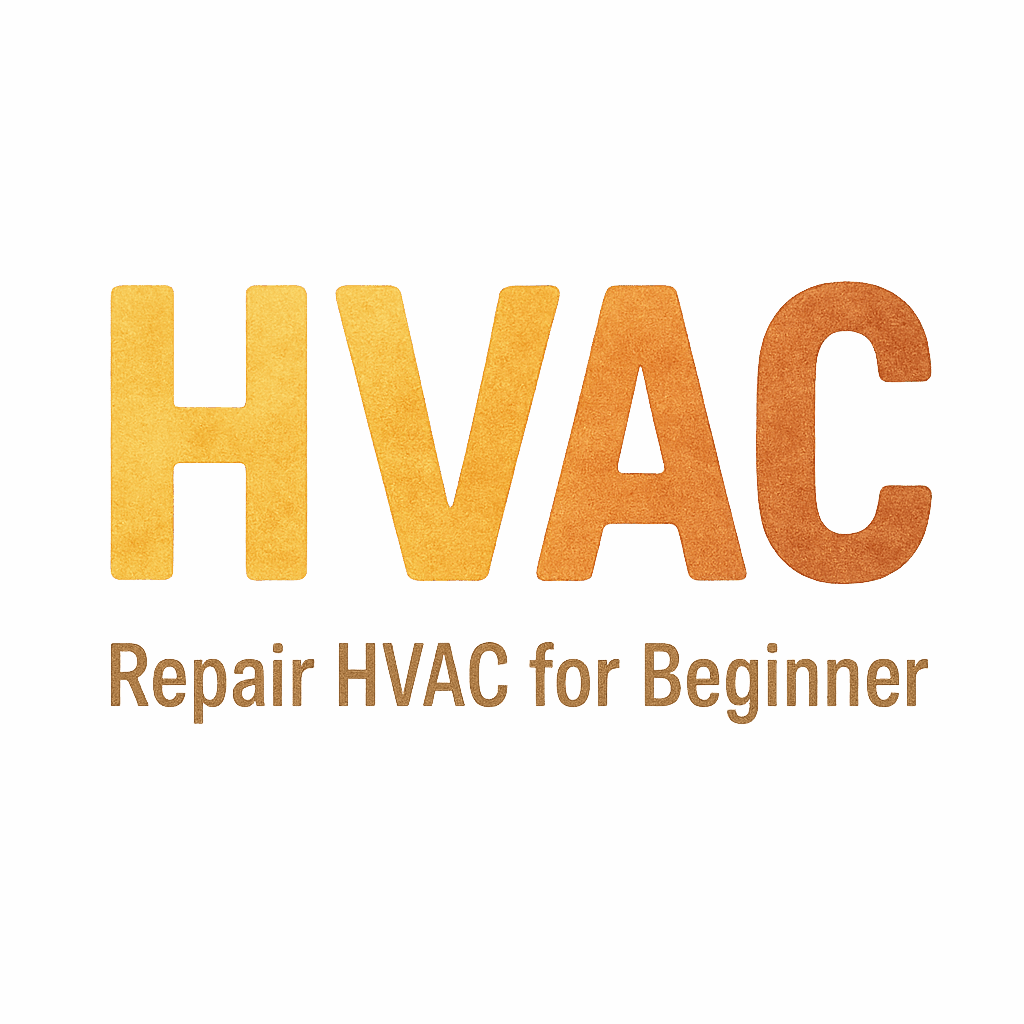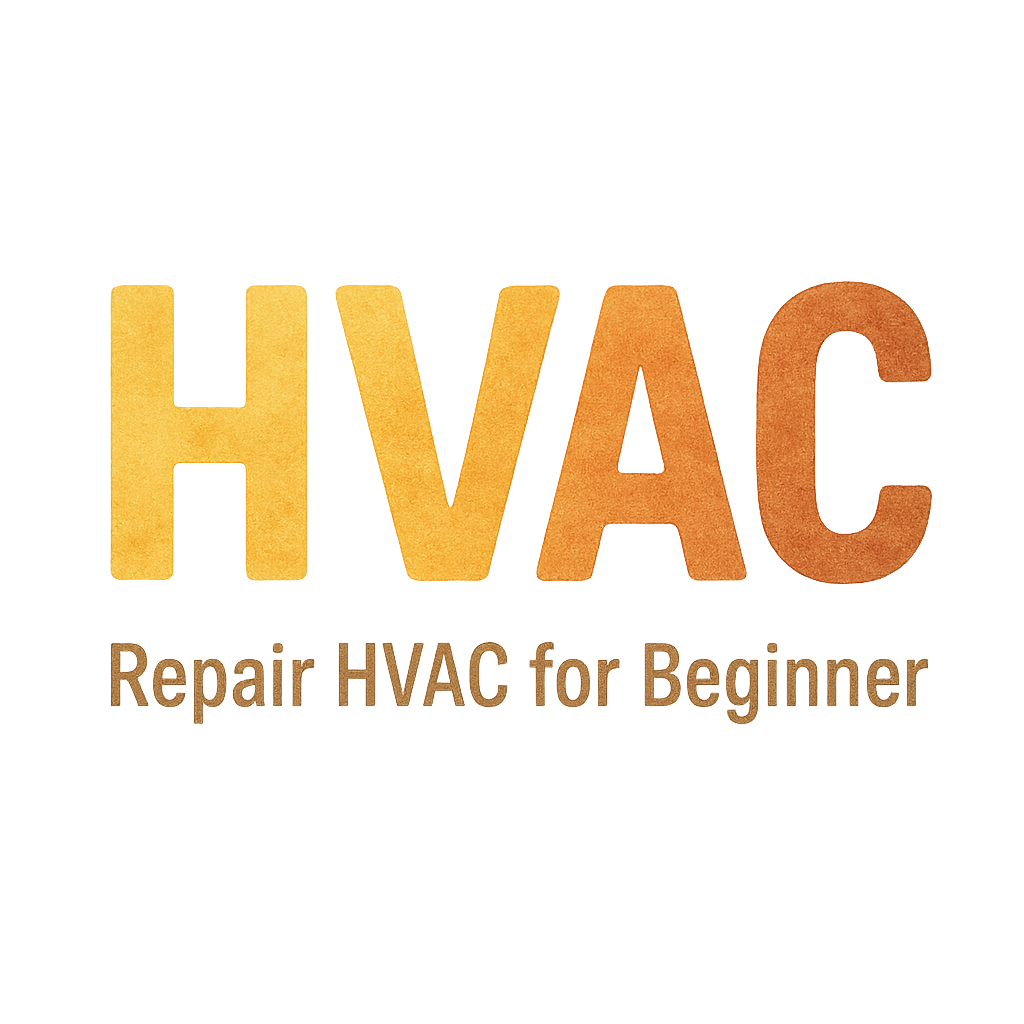Introduction
Why You Should Learn DIY HVAC Repairs
Whether it’s the blistering heat of summer or the icy grip of winter, an HVAC system that works perfectly is crucial for comfort. But what happens when something goes wrong? Before you call a technician, there are several HVAC issues you can fix in under 30 minutes. Taking a little time to address these common problems can save you time and money.

The Importance of HVAC Maintenance
HVAC systems need regular maintenance to stay in peak condition. Many issues stem from simple wear and tear, but catching them early can extend the life of your unit and improve energy efficiency. Regular maintenance, as detailed in HVAC Basics for Beginners, ensures your system stays reliable throughout the year.
Why Fixing HVAC Issues Early Saves Money
When left unchecked, small problems can turn into big, costly repairs. By fixing simple issues yourself, you can avoid expensive service calls. Plus, maintaining your system will keep your utility bills low and your system running smoothly. If you’re not familiar with the basics, check out our HVAC System Diagnosis page to learn more.
Simple Solutions You Can Do Yourself
A few straightforward fixes can make all the difference. Let’s take a look at the top 10 HVAC issues you can repair yourself in less than 30 minutes.
10 HVAC Issues You Can Fix in Under 30 Minutes
1. Clogged Air Filters
Air filters are an essential part of your HVAC system’s functionality. Over time, they collect dirt, dust, and debris, which can reduce airflow and strain your system.
How to Check for Clogged Filters
To check your air filter, simply locate it within your HVAC unit (usually near the blower fan). Hold it up to the light—if you can’t see light through it, it’s time to replace it.
How to Clean or Replace Air Filters
If your filter is reusable, use a vacuum to clean it. If not, replace it with a new one. Ensure you install the new filter in the correct direction.
Importance of Clean Filters
A clean filter helps your system run more efficiently, improving air quality and reducing energy bills. For additional filter maintenance tips, check out our HVAC Maintenance page.
2. Thermostat Problems
Your thermostat controls the temperature in your home, and a malfunctioning thermostat can result in an uncomfortable environment or higher energy bills.
Troubleshooting Thermostat Issues
If your thermostat isn’t responding, check the batteries or ensure it’s properly set to cooling or heating mode. You should also check for dirt buildup on the thermostat’s sensors.
How to Calibrate Your Thermostat
If the thermostat is showing inaccurate readings, it might need recalibration. Check your manual for how to calibrate it or simply reset it to factory settings.
When to Replace the Thermostat
If the thermostat is still not functioning properly after troubleshooting, it may be time to replace it with a new, more energy-efficient model. Learn more about common thermostat problems and repairs on our HVAC Troubleshooting and Repair page.
3. Refrigerant Leaks
Low refrigerant can cause your system to blow warm air instead of cold. If you notice a lack of cool air, a refrigerant leak might be the culprit.
Symptoms of a Refrigerant Leak
Signs of a refrigerant leak include a warm air flow, a frozen evaporator coil, or hissing sounds near the HVAC unit.
Temporary Fixes for Minor Leaks
For minor leaks, some HVAC systems allow you to refill refrigerant. However, this is only a short-term fix. For larger leaks, it’s best to call a professional.
When to Call a Professional
If the refrigerant continues to leak, it’s essential to consult a technician who can fix the problem and prevent further damage. For troubleshooting tips, explore our HVAC Troubleshooting Repair page.
4. Dirty Coils
Dirty condenser or evaporator coils can reduce the system’s efficiency and cause overheating. Cleaning them is a straightforward fix.
Identifying Dirty Coils
If your system is blowing warm air, it could be because the coils are dirty. Check both the evaporator and condenser coils.
How to Clean Condenser and Evaporator Coils
Use a coil cleaner spray to clean the coils, and a soft brush to remove any debris. Ensure the power is off before cleaning.
Why Cleaning Coils Is Essential
Dirty coils hinder the heat exchange process, which reduces cooling or heating efficiency. Regular coil cleaning ensures your system runs smoothly. Check out more about maintenance in our HVAC Maintenance and Cleaning section.
5. Faulty Capacitors
A capacitor is a small part that stores electrical energy and helps the fan and compressor start. If it’s malfunctioning, your system may not start.
How to Spot a Bad Capacitor
A faulty capacitor may cause strange noises, failure to start, or inconsistent fan speed. If you suspect the capacitor is the issue, it’s time to replace it.
Replacing a Capacitor Safely
Turn off the power, discharge the capacitor using a screwdriver, and install the new one by matching the connections.
Why Capacitors Are Critical for HVAC Function
Capacitors are essential for your system’s operation. Without them, the fan or compressor can’t start, leading to a complete system failure. If you’re not sure how to replace one, take a look at our HVAC Troubleshooting guide.
6. Tripped Circuit Breaker
A tripped circuit breaker can shut down your HVAC system, but this is an easy fix.
Identifying a Tripped Breaker
Check your electrical panel for a tripped breaker, which will be in the “off” position.
How to Reset the Breaker
Simply flip the switch back to the “on” position. If the breaker trips again, it might indicate an electrical issue that requires a professional.
When to Replace the Circuit Breaker
If your breaker continually trips, it might be time to replace it or have it inspected by a technician. For more info, visit our HVAC Tools and Equipment page.
7. Blocked Vents or Ducts
Blocked air vents or ducts can obstruct airflow and cause uneven cooling or heating.
Identifying Blocked Vents
Check for obstructions around the vents and ensure nothing is blocking the airflow, such as furniture or debris.
How to Clean and Unclog Vents
Vacuum the ducts and remove any debris from the vents. Ensure no furniture or curtains are obstructing airflow.
The Importance of Proper Airflow
Good airflow helps the HVAC system function more efficiently and ensures your home is heated or cooled evenly. Learn more about airflow and its effects on your HVAC system in our HVAC System Troubleshooting guide.
8. Frozen Evaporator Coils
Frozen evaporator coils are a common issue, often caused by dirty filters or low refrigerant levels.
How to Spot Frozen Coils
If you notice ice forming on the coils, your system might be freezing up.
Defrosting Coils in Minutes
Turn off the system and let the coils defrost naturally. You can also use a hairdryer on low heat to speed up the process.
Preventing Coils from Freezing Again
Change the filter regularly and ensure the refrigerant levels are adequate to prevent coils from freezing in the future. For other helpful tips, check out our HVAC Maintenance page.
9. Dirty Condensate Drain
A clogged condensate drain can cause water to back up in your system, leading to mold or water damage.
Identifying a Clogged Drain
If you notice water pooling around the base of your unit or a musty smell, your condensate drain may be clogged.
How to Clean the Condensate Drain
Use a wet/dry vacuum to clear out any debris from the drain line. Flushing it with vinegar can also help kill mold and bacteria.
Preventing Future Blockages
Check the drain line regularly and clean it as needed to ensure it’s clear of debris. For more cleaning tips, see our HVAC Maintenance Cleaning section.
10. Broken Fan Blades
If your HVAC fan blades are broken or loose, the system won’t circulate air properly.
Identifying Broken or Loose Blades
Look for any visible damage to the blades or listen for unusual noises when the system is running.
Fixing or Replacing Fan Blades
Tighten any loose screws or replace the blades if necessary. Make sure to purchase blades that are compatible with your system.
How Broken Blades Affect Efficiency
Broken blades can cause the system to work harder, leading to poor airflow and higher energy consumption. For more on fan maintenance, check out our Tools and Equipment page.


